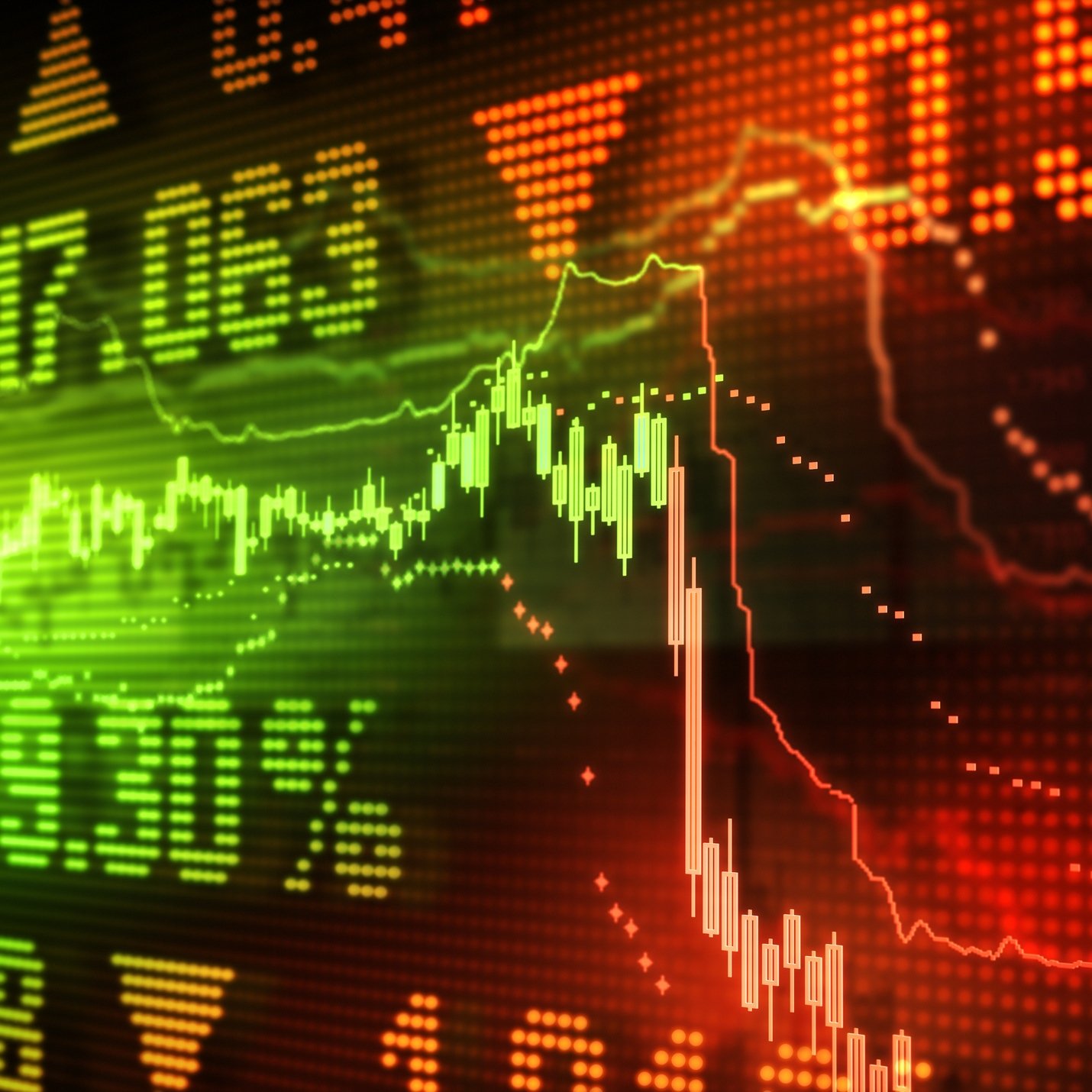Investing
10 Things That Could Wreck the Bull Market in Stocks in 2018

Published:
Last Updated:

As the end of 2017 turns into 2018, it’s no secret that we are in the midst of one of the greatest bull markets of a lifetime. The bull market is also now nearing nine years old and the S&P 500 has rallied 300% from the March 2009 panic-selling lows. And the gains continued into 2017 despite the numerous fears at the end of 2016. The year-to-date gains (with dividends included) have been 25% for the Dow Jones Industrial Average and almost 20% for the S&P 500.
It is important to understand and to admit that all bull markets, no matter how fun and personal they are at the time, eventually come to an end. What causes the end of a bull market tends to vary over time. Is it finally time to consider the old adage that “nothing lasts forever” for the bull market as we enter 2018?
24/7 Wall St. has decided to take a look at 10 things that could derail the bull market in 2018. Before considering this as a prediction, note that the current view is that stocks are still more likely to rise than fall in 2018. In fact, many strategists are now predicting another 8% to 10% upside for stocks in 2018.
It is also important to understand that a bull market does not always die rapidly and in one move. And there is no automatic bubble just because prices have risen so much. There are still risks, some serious, that investors have to consider.
Will the Federal Reserve and interest rates get in the way of the economy and stocks? Will investors lose confidence, or could the currency markets throw a wrench into the machine? Washington, D.C., remains a risk as well, as does the ongoing geopolitical climate. Other issues have to be considered as well. We did not even address overvaluations, but the S&P 500 Index is currently valued at about 18.4 times expected 2018 earnings per share, and many of the top stocks are up over 50%.
Here are 10 things that could wreck the current bull market in stocks in 2018.
The Federal Reserve already has raised interest rates, and it’s no secret that the Fed also will trim that massive $4.5 trillion balance sheet. It is also well known that the Fed by and large wants to raise interest rates further in 2018. What if they overdo it? The 10-year Treasury is what we use a benchmark for “stocks versus bonds” in yields, and the 10-year yield was bumping up against 2.50% again at the end of 2017. That yield can go higher, but if the yield rises above 3% to, say, 3.2% to 3.4%, then there is now serious competition for stocks in a bond yields versus stock risks analysis.
As of the end of 2017, the median Dow dividend was just under 2.2%. If the Fed raises rates too aggressively and keeps a hawkish fear in the market, equity investors may start to worry about high valuations after huge gains and just take the easy “government guarantee trade.” The Federal Reserve has ended bull markets by raising rates too high before, and it could do so again.
Confidence in general is tricky. There is a saying that bull markets crawl a wall of worry. But in 2017 confidence hit decade-plus highs. Some of that confidence was from stock market growth, and some is from a much more pro-business climate. And other confidence was because jobs were plentiful and pay was looking up.
After peaking in November, consumer confidence declined in December and a big drop was seen in the expectations for the coming six months. A similar drop in expectations was seen in the consumer sentiment reading in December. Consumer confidence and sentiment are always risks, but what about the recent continued drop in global institutional investor confidence? Maybe all those hedge fund and mutual fund managers and those investment advisors being cautious should get more attention than it did.
Currencies always offer risk for the stock market. After all, it becomes harder for U.S. companies to export goods and sell services in dollars to foreign buyers if they are having to pay more and more in their own local currency terms. And currencies follow strong economies and interest rates. If the U.S. gross domestic product can get and remain above 3%, it may keep foreign buyers and central banks more interested in owning dollars.
And if the Fed remains more committed to raising interest rates than other central banks, those same foreign buyers are likely to chase the almighty dollar higher if they can earn higher interest on deposits here. Most strategists are not calling for a major move up in the dollar, but that doesn’t mean they are automatically correct.
Thank you for reading! Have some feedback for us?
Contact the 24/7 Wall St. editorial team.